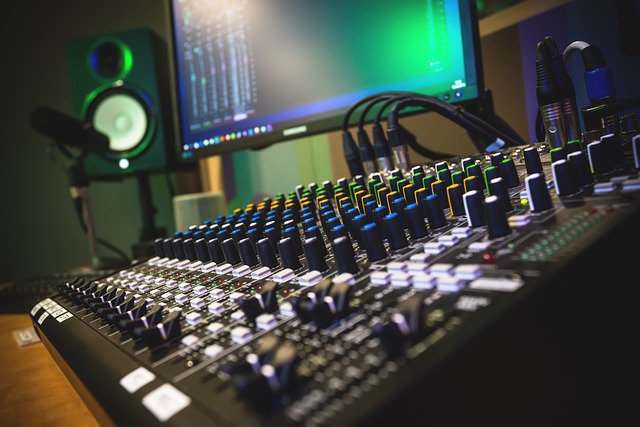The Essentials of Audio Mixing: Crafting a Perfect Sound
Audio mixing is an essential part of music production, transforming raw recordings into a cohesive and polished final product. A well-mixed track ensures clarity, balance, and depth, making it enjoyable for listeners. Whether you’re mixing music, podcasts, or film audio, understanding the fundamentals is key to achieving a professional sound.

1. Understanding the Basics of Mixing
Audio mixing is the process of blending multiple sound sources into a final stereo or surround sound format. It involves adjusting levels, panning, equalization (EQ), compression, and effects to create a balanced mix.
Goals of a Good Mix:
✅ Clarity – Every instrument and vocal should be heard clearly.
✅ Balance – No element should overpower the others unless intended.
✅ Depth – A sense of space and dimension through effects like reverb and delay.
✅ Dynamics – The mix should have movement and variation, keeping it interesting.
2. The Key Elements of a Mix
🔊 Volume Balance
- Start by setting the levels of each track so that they work well together.
- Avoid clipping (distortion) by keeping individual tracks at moderate levels.
🎚️ Panning for Stereo Image
- Place instruments across the stereo field to create a sense of space.
- Keep essential elements like vocals, bass, and kick drum centered.
- Pan guitars, keyboards, and background vocals slightly to the sides.
🎛️ Equalization (EQ) for Clarity
- Use EQ to remove unwanted frequencies and enhance important ones.
- Cut low-end rumble from vocals to avoid muddiness.
- Reduce harsh frequencies in cymbals and electric guitars.
🎵 Compression for Dynamic Control
- Helps maintain consistent levels by reducing sudden peaks.
- Commonly used on vocals, drums, and bass for a tighter sound.
- Be careful not to over-compress, as it can make a mix sound lifeless.
🎧 Effects for Depth and Space
- Reverb adds a sense of space and dimension.
- Delay creates echoes for a fuller sound.
- Chorus thickens instruments and vocals for a richer texture.
3. Advanced Mixing Techniques
🔹 Automation
- Adjusts volume, panning, or effects over time for a dynamic mix.
- For example, increasing vocal volume slightly during the chorus can make it stand out.
🔹 Sidechain Compression
- Used in EDM and pop music to “duck” the volume of one element (like a bass) when another (like a kick drum) plays.
- Helps create a punchy, rhythmic feel.
🔹 Reference Tracks
- Compare your mix to professionally mixed songs in the same genre.
- Helps ensure your mix translates well across different playback systems.
4. Finalizing the Mix
Before exporting your mix:
✅ Listen on multiple speakers and headphones.
✅ Check for any distortion or imbalance.
✅ Take breaks to avoid ear fatigue.
Once satisfied, export your mix in high-quality formats (WAV, FLAC) for mastering.
Conclusion
Audio mixing is a blend of technical skill and creativity. With practice, patience, and attention to detail, you can create mixes that sound professional and engaging. By following these principles, you’ll be well on your way to mastering the art of mixing.
Would you like me to focus on any specific aspect of mixing in more detail? 🎚️🔥